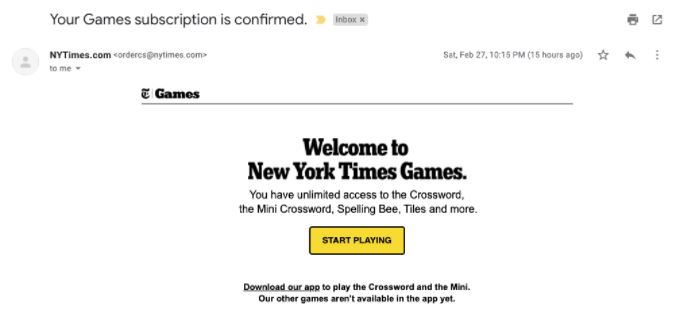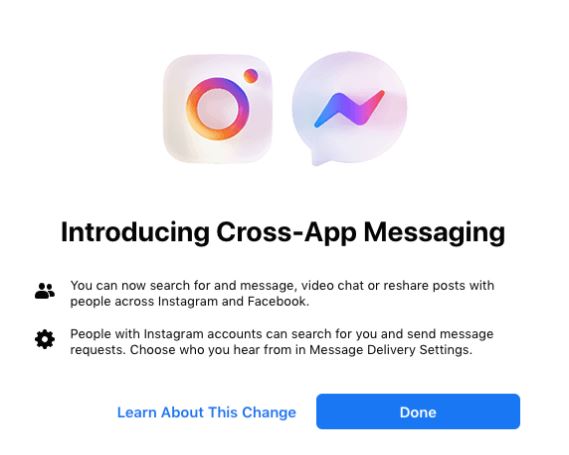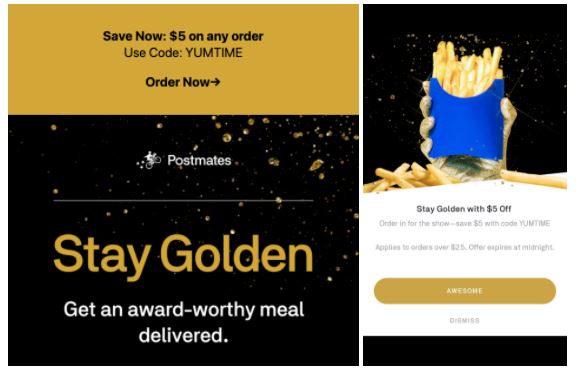Customers don’t just use one channel to shop, so you shouldn’t use just one channel to reach them.
According to a study by Harvard Business Review, 73% of customers use multiple channels during their shopping journey, including smartphone apps and even in-store digital tools like virtual catalogues and tablet devices. The study also found that, the more channels customers use, the more they spend and the more likely they are to return.

That’s why cross-channel messaging is crucial to any marketing or advertising strategy — especially today, as customers have a range of touchpoints through which to consume content and interact with brands.
Ready to make the most of cross-channel messaging?
Here’s what you need to know.
What is cross-channel messaging?
Cross-channel messaging is the process of distributing targeted content across touchpoints, such as via email marketing, push notifications, and mobile apps. A brand, for example, might send an email to a customer who left products in their website cart, as well as a desktop push notification with a special discount if they check out now. Or, after someone subscribes to a publication, the publisher might send a push notification and a “welcome” email telling the user how to make the most of their new membership experience.

The key to cross-channel marketing is to reach customers with content that’s relevant to their behaviors and interests, without annoying or frustrating them. The best way to do that is to ensure all messaging is personalized and delivered through channels the customer actively engages with.

Why is cross-channel messaging important?
Cross-channel messaging is important for a range of reasons, including:
- Driving customer engagement: Since you’re reaching people across more channels, you have more opportunities to grab their attention, drive them back to your site, and inspire them to share your content.
- Increasing revenue: As that Harvard Business Review study found, customers that engage with brands across channels actually deliver more value once they make a purchase.
- Expanding your marketing and advertising mix: Cross-channel messaging leads to cross-channel advertising, soyou can pair that organic content with paid ads that monetize your audience and contribute to your bottom line. This multichannel approach is also a lifeline for publishers suffering from lost ad revenue and decreased reach on social platforms.
Want another sign that cross-channel messaging is becoming increasingly important to digital marketing success? Facebook and Instagram just launched a cross-app messaging capability so people can share content seamlessly across platforms — a feature brands will no doubt try to take advantage of:

What are examples of cross-channel messaging?
Now let’s take a look at how businesses are already tapping into the benefits of cross-channel messaging.
In anticipation of the Golden Globes, Postmates sent an email and app notification to let customers know about its special discount code. They were making sure, even if people accessed the app without checking their email or only checked their email without opening the app, they’d be able to see and harness this limited-time opportunity.

Reddit is also extremely thorough about its cross-channel distribution, providing many options for users to receive alerts via email, desktop notifications, and mobile app messages:

On its Preferences page, users can choose how they receive their messages across platforms, giving them the power to create personalized experiences:

How can you get started with cross-channel messaging?
Jeeng was built to help publishers and brands launch multichannel marketing operations — reaching their audiences across the most engaging channels on the web, like email, push notifications, web ads, and news reader apps. Because cross-channel exposure isn’t an add-on anymore; it’s a necessity. It should lie at the heart of your marketing strategy, empowering you to deliver personalized, automated content at scale.
Ready to get started? Contact us today to schedule a demo.


